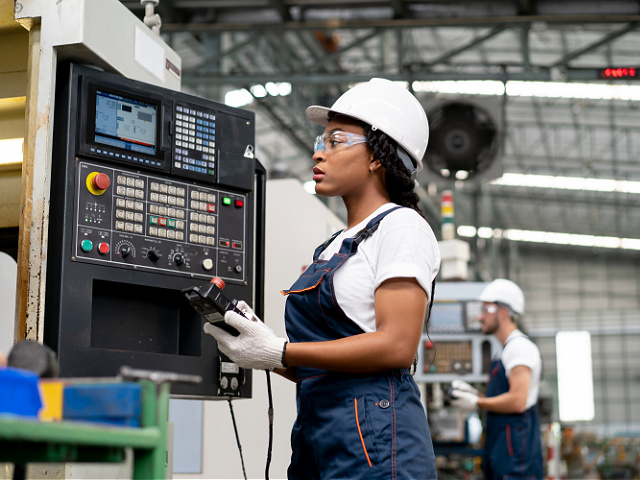Economic Growth Accelerated Again in April…
It looks like we are going to have to wait a bit before we see the most-anticipated recession in living memory.
The early reading of the U.S. economy in April from S&P Global indicated on Friday that output rose at the fastest pace in 11 months. Solid growth was seen in the services sector and even the manufacturing sector.
The headline S&P Global Flash US PMI Composite Output Index registered 53.5 in April, up from 52.3 in March, signaling the fastest upturn in business activity since May of last year. Scores above 50 signal expansion, and a higher score indicates a faster rate of expansion.
The service sector purchasing managers index (PMI) rose to 53.7 in April from 52.6 in the prior month, the highest score in 12 months. The U.S. manufacturing sector PMI rose to 50.4 from 49.2 in March. This is the first time manufacturing has come in above the 50 threshold in six months.
Both were better than expected. The consensus forecast was for manufacturing to sink further to 49 and services to dip to 51.5.
The faster rise in activity was broad-based, according to S&P Global. Companies said activity rose as a result of greater customer confidence and a stronger uptick in new orders. Some companies also said that there had been an improvement in their ability to hire staff, and this had boosted output.
“The latest survey adds to signs that business activity has regained growth momentum after contracting over the seven months to January. The latest reading is indicative of GDP growing at an annualized rate of just over 2 percent,” said Chris Williamson, chief business economist at S&P Global Market Intelligence. “Growth is also reassuringly broad-based, led by services thanks to a post-pandemic shift in spending away from goods, though goods producers are also reporting signs of demand picking up again.”
To put this resurgent growth in context, recall that even in the supposed doldrums of the last two quarters, the economy likely grew at a faster pace than the 1.8 percent that the Federal Reserve regards as its long-term trend. In the fourth quarter of last year, the gross domestic product rose at a 2.6 percent annualized pace. We do not yet have the first quarter’s advance estimate, which will not come out until next Thursday. But estimates show the economy continued to grow above trend. The Atlanta Fed’s GDP Now reads the economy growing at 2.5 percent. Bank of America’s U.S. economics team is expecting a two percent rate of growth.

(iStock/Getty Images)
The better-than-expected news from S&P Global’s PMI upends the narrative that the economy would continue to slow after the hot jobs market and consumer spending in January cooled in February and March. Bank of America, for example, had forecast that the economy would grow at just a 0.5 percent pace in the second quarter. That looks overly pessimistic if—as the S&P Global PMI data implies—we grew at a two percent pace in April.
…And So Did Inflation
Good news is, unfortunately, still bad news when it comes to inflation. S&P Global’s PMI data showed a softening of price pressures in February and March. This reversed in April on both the input cost side and the prices charged for output.
From the S&P Global report:
Following back-to-back months of softening cost pressures in February and March, April data indicated a pick-up in rates of input cost and output charge inflation [emphasis added]. Operating expenses rose at a marked and historically elevated pace that was the steepest for three months. Hikes in supplier prices were often attributed to greater incremental increases in material costs during the month. Manufacturers and service providers alike recorded sharper increases in cost burdens.
Meanwhile, overall output prices rose at the fastest pace for seven months. Firms stated that more accommodative demand conditions allowed them to continue passing through higher interest rates, staff wages, utility bills and material costs to clients.
“Jobs growth has accelerated alongside the resurgence of demand, aided by reports of vacancies being more easily filled, reflecting improved supply of candidates and higher wages. However, the upturn in demand has also been accompanied by a rekindling of price pressures. Average prices charged for goods and services rose in April at the sharpest rate since September of last year [emphasis added], the rate of inflation having now accelerated for three successive months. This increase helps explain why core inflation has proven stubbornly elevated at 5.6 percent and points to a possible upturn – or at least some stickiness – in consumer price inflation,” Williamson explained.
This could wind up challenging the near-universal view that the Fed has only one rate cut left before it pauses for a couple of months and then starts cutting in the back half of the year. From the perspective of April, the Fed still has a lot more work to do before it can safely rest in its fight to restore price stability.

COMMENTS
Please let us know if you're having issues with commenting.